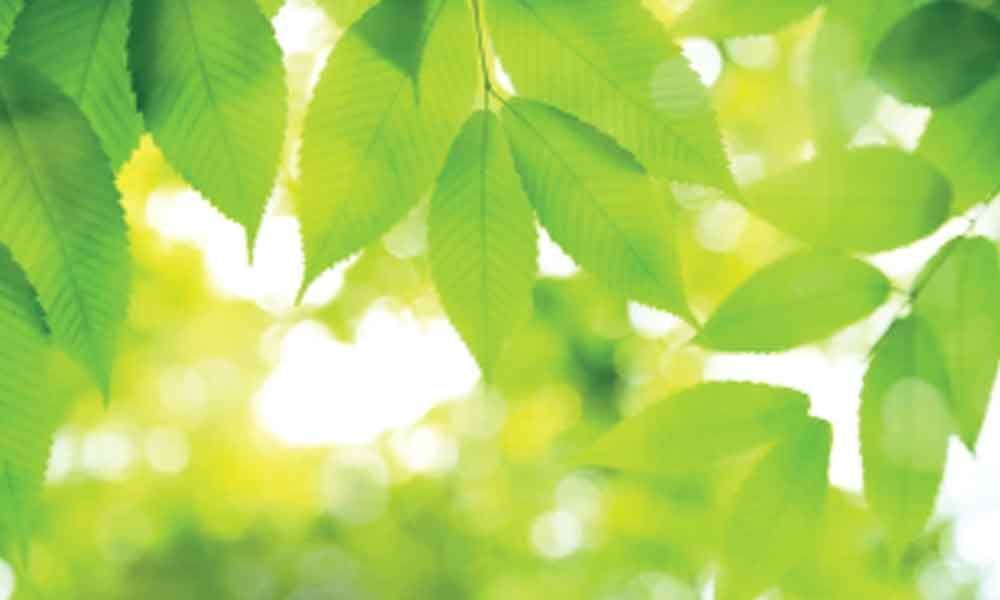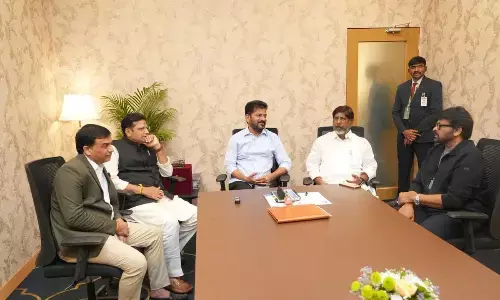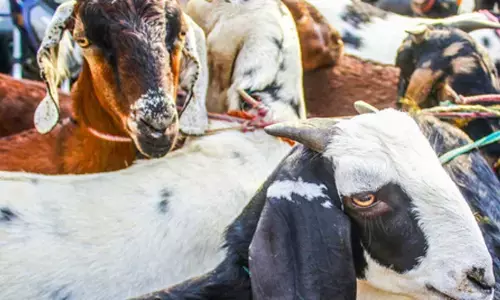What is photosynthesis

It’s easy to think that plants are boring. They don’t seem to do anything! They stay in one place and grow so slowly that we can’t see them move.
It's easy to think that plants are boring. They don't seem to do anything! They stay in one place and grow so slowly that we can't see them move. They don't hunt, hide, fly, build homes, communicate, or do any of the other things that fascinate us about other living creatures. But plants have a secret! Inside that calm exterior they are busily working at a complex process that fuels the whole planet: photosynthesis.
Photosynthesis comes from Greek and means 'putting together with light.' While we humans are trying hard these days to harness the sun's energy to power our homes and vehicles, every green leaf in the world is making the most of solar energy to 'put together' food from water and carbon dioxide. The carbohydrates they make in this process forms the foundation of the food chain – plants (and some photosynthetic bacteria & algae) are the only 'producers' of food; all other living things are 'consumers,' feeding directly or indirectly on the food produced in photosynthesis. But that's not all – photosynthesis is also the main source of oxygen that most living creatures need in order to breathe.
What you do: Fill a sink with water and set the beaker in it. Put some elodea in the beaker and cover it with the funnel. Now submerge the test tube in the water so that there is no air inside it. While holding it under the water, carefully place it over the neck of the funnel. Don't let its mouth break the surface of the water. Lift the whole apparatus out of the water. You can tip a little water out of the jar so it won't spill. Set the jar on a sunny windowsill. As soon as the elodea begins to photosynthesize, you will see tiny bubbles appearing on its leaves and then floating upwards into the test tube. These bubbles are oxygen produced by photosynthesis! Leave the jar on the windowsill for several hours. The rate of photosynthesis will vary depending on the intensity of the sunlight and other factors, but slowly the oxygen will collect in the test tube. When the test tube is about half full of gas, use a match to light the wooden splint.
Gently blow it out again and then immediately lift the test tube straight up and insert the splint up into it, without touching it to the sides of the test tube. The splint should glow brightly, or even burst back into flame! This is proof that the gas you collected is oxygen, which is flammable.
What happened: Normally we can't see the oxygen produced by photosynthesis, but when it is produced underwater it appears as bubbles in the water. These float up through the funnel and displace the water in the test tube. Fire needs oxygen to burn, so when you insert the splint, the pure oxygen in the test tube causes it to glow brighter or produce a flame.
The rate of photosynthesis varies with several factors, including the intensity of sunlight and the temperature of the plant. (Other factors include the amount of water and the concentration of carbon dioxide (CO2) in the air.) You can design an experiment to test some of these variables: for example, will photosynthesis happen faster or slower if you put the elodea in warm water? Collect data by measuring how much oxygen is produced in a given amount of time when the elodea is submerged in warm water vs. cold water.


















